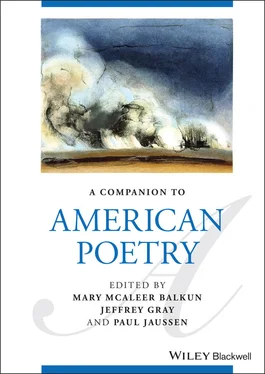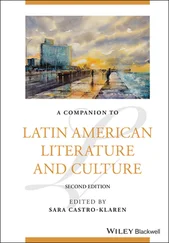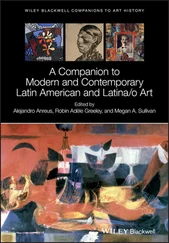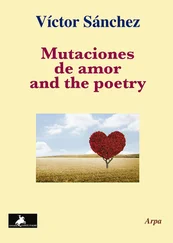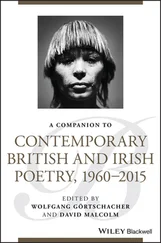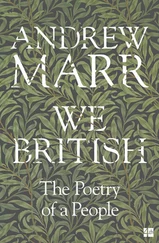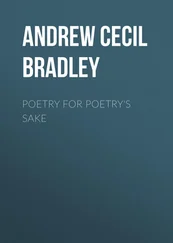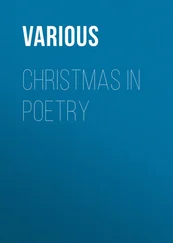1 ...6 7 8 10 11 12 ...45 20 Suzuki, M. (2009). What’s political in seventeenth-century women’s political writing? Literature Compass 6/4: 927–941.
21 Webster, N. (1797). An American Selection of Lessons in Reading and Speaking. 12th edition. Hartford: Hudson and Goodwin. America's Historical Imprints. Accessed December 27, 2021. https://docs.newsbank.com/openurl?ctx_ver=z39.88-2004&rft_id=info:sid/iw.newsbank.com:EAIX&rft_val_format=info:ofi/fmt:kev:mtx:ctx&rft_dat=0F2FD4C69802F130&svc_dat=Evans:eaidoc&req_dat=0D7AB4CAB745C82A.
22 Wheatley, P. (2001). Complete Writings. Ed. V.Carretta. London: Penguin Books.
23 Wiseman, S. (2006). Conspiracy and Virtue: Women, Writing, and Politics in Seventeenth-Century England. Oxford: Oxford University Press.
24 Wright, G. (2013). Producing Women’s Poetry, 1600–1730: Text and Paratext, Manuscript and Print. New York: Cambridge University Press.
3 Before Poetry: Revival Verse and Sermonic Address in Eighteenth-Century America
Wendy Raphael RobertsState University of New York at Albany
Verse abounded in eighteenth-century British North America. From almanacs to newspapers, from school notebooks to commonplace books, from letters to literary salons, from hymnbooks to broadsides, from sermons to plays, from religious revivals to taverns, from funerals to executions to barn dances, early American culture was saturated with poetry. Some poetry spread news, some entertained with fantastic and sensational accounts of travel or crime, some tantalized with local gossip, some urged moral reflection. Other poetry memorialized neighbors, loved ones, and events, or served as literary games to solidify friendships, romances, or social status. Some poetry activated and sustained new religious forms and communities; some measured intellectual capacity and served as litmus tests for civilizations. The forms, occasions, and uses of eighteenth-century poetry felt right to the people who lived with and through these vibrant verse practices, and they often had a very different sense of what made poetry good, or even what made poetry poetry than later generations of poets and scholars.
The notion of poetry itself as a distinct genre, as well as the proper way to read it, has been an open question for scholars of historic poetics. Virginia Jackson argues that the “lyricization of poetry” occurred unevenly over the course of the late eighteenth and early nineteenth centuries and effectively subsumed a whole field of verse genres into what we now recognize as lyric poetry—or simply poetry (2005). Reading lyrically rather than historically, she argues, eclipses the diverse verse forms that came before. Attending to the various forms, media, and communities in their specificity has helped early American scholars recuperate forgotten ways of reading and engaging with verse.
The many people who wrote, printed, declaimed, sang, and exchanged verse did so in a context in which poetry was widely considered crucial to politics and society. Much of eighteenth-century British North American poetry aimed to do things in the world not to earn the respect of posterity as a participant in a great literary tradition. Max Cavitch traces one of the most enduring occasional verse forms, the elegy, and reveals how mourning verse practices were essential to nation building (2007). Colin Wells shows how a vigorous political poetry, now largely forgotten, actively shaped political opinions and institutions during the American Revolution and early United States (2018). David Shields’s groundbreaking work on the centrality of manuscript poetry to early American culture argues that eighteenth-century poetry has been largely missing from accounts of American poetry because one of the primary verse forms of the period—belletristic poetry in manuscript—was deeply occasional and eschewed the goal of permanence (1997). It was an elite poetry that aspired to sociability and experiments in civility in a variety of private spaces such as taverns, coffee houses, salons, clubs, and fraternities.
All of these early American verse practices lived and intervened in the social (Cohen 2015). The poetry that appears exclusively religious was no different; in fact, the majority of the poetry that early British North American colonists read and wrote was religious. As scholars of religion have long recognized, religion does not inhabit a special space apart from the social; it is, in Émile Durkheim’s terms, the organization of the social. This essay turns to a prolific new verse culture that arose within the eighteenth century, which was explicitly religious and as such deeply enmeshed in arranging the social—revival poetics (Roberts 2020). Revival poetry encompassed a variety of verse forms and straddled later conceptions of hymn and poetry and piety and sociability that tend to be viewed as distinct. Protestant Christianity deeply influenced American poetry in a variety of ways; in this essay, I return to early evangelicalism to show how revival verse participated in the construction of what would become modern lyric’s address.
Evangelicalism and New Constellations of the Sermon and Verse
There were various forms of Protestant sermons and verse; they were not static categories but changing cultural forms that attached in new ways in the eighteenth century, particularly as German Pietism and its verse culture helped produce varied but widespread changes in transatlantic Protestant Christianity. These changes were in conjunction with new ideas regarding the sublime, poetry, and publics developing in relation to various media. One place to see this is in the revival activity that began to take on new meanings in the British North American colonies during the 1730s and 1740s traditionally called the Great Awakening. As Doug Winiarski argues, this period was a time, not of “resurgent puritan piety,” but of “insurgent religious radicalism” led by lay people whose newly formed religious idioms led them to separate from their congregations and begin new churches and communities (2017, pp. 8). Poetry played a vital role in this changing landscape of religious experience, language, and church institutions, often considered the beginning of evangelicalism in America.
Evangelicalism is a notoriously difficult term to define and can often obscure more than it reveals when applied to the eighteenth century. Evangelical historians have often approached the term from a doctrinal perspective to trace a consistent and identifiable Protestant tradition from the present moment back to the eighteenth century. Yet, the doctrinal emphases used to ground this tradition—usually Biblicism, crucicentrism, activism, and conversionism—ebb and flow in the history of Christianity and can be difficult to isolate convincingly (Bebbington 1989, pp. 2–3). The most helpful historical treatment of the term comes from Linford Fisher who recognizes not only its historical change over time from the fifteenth century to today, but also its flexibility as a category even within the same period of time. Perhaps most important to understand is that “to be ‘evangelical’ was at once a critique and a practice; it was a pursuit of experiential purity, but that purity was incessantly relative to the other modes of Christianity that were out there” (2016, pp. 186). Fisher shows that to be evangelical denoted one’s way of doing Christianity as more authentic than others—and a surprising smorgasbord of Protestant groups, many who would not be considered evangelical today, wielded the term in this way.
Michael Warner’s recent work on evangelicalism likewise moves scholars away from doctrinal definitions. Warner revises the once-presumed rational, secular public sphere à la early Habermas, through attention to early evangelicalism, which Warner places at the center of his analysis of the initial formulation of print publics. He emphasizes a seismic shift from the general expectation that sermons addressed a specific congregation to the idea, dominant by the beginning of the nineteenth century, that effective preaching addressed a limitless number of strangers. Warner highlights this new and controversial practice to offer a crucial defining feature of evangelicalism: “the conversionistic address to the stranger.” According to Warner, this new address—more than changes in theology and pietism—is what made evangelicalism distinct, and it reveals the entanglements of the religious and the secular in early America as new media and their publics emerged (2010, pp. 382). Evangelicalism, he argues, helped produce the structure of secular publics through its creation of the address to the stranger.
Читать дальше
